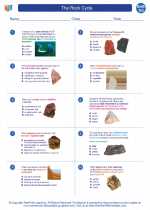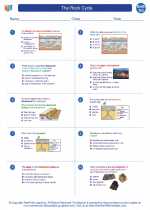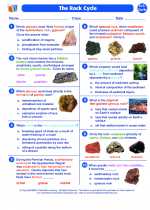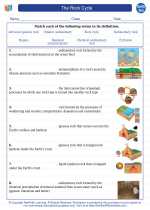Tides
Tides are the rise and fall of sea levels caused by the gravitational forces exerted by the Moon and the Sun, and the rotation of the Earth. Understanding tides is important in the fields of oceanography, marine biology, and coastal engineering.
Causes of Tides
The gravitational pull of the Moon and the Sun on the Earth's oceans causes the water to bulge towards the direction of the gravitational force. As the Earth rotates, this bulge creates high tides. When the water is not bulging towards the Moon or the Sun, it creates low tides.
Types of Tides
There are two main types of tides: diurnal tides, which have one high tide and one low tide each day, and semidiurnal tides, which have two high tides and two low tides each day. There are also mixed tides, which exhibit characteristics of both diurnal and semidiurnal tides.
Factors Affecting Tides
- Location: Tides can vary depending on the location of the coastline and the shape of the ocean basin.
- Moon Phases: Spring tides occur during the full moon and new moon phases, when the gravitational pull of the Moon and the Sun reinforce each other, resulting in higher high tides and lower low tides. Neap tides occur during the first and third quarter moon phases, when the gravitational pull of the Moon and the Sun partially cancel each other out, resulting in lower high tides and higher low tides.
- Weather: Weather patterns such as storms and atmospheric pressure can affect the height of tides.
Effects of Tides
Tides play a crucial role in shaping coastal landscapes, influencing marine life, and affecting navigation and human activities in coastal regions. Understanding the patterns of tides is important for coastal planning, shipping, and fishing activities.
Study Guide
- What causes tides?
- Describe the different types of tides.
- What factors can affect the height of tides?
- How do tides impact coastal landscapes and human activities?
- Explain the difference between spring tides and neap tides.
Understanding tides is essential for anyone interested in coastal processes, marine ecosystems, or navigation. It's a fascinating topic that connects the gravitational forces of celestial bodies to the everyday movements of the ocean.
.◂Earth Science Worksheets and Study Guides High School. The Rock Cycle

 Worksheet/Answer key
Worksheet/Answer key
 Worksheet/Answer key
Worksheet/Answer key
 Worksheet/Answer key
Worksheet/Answer key
 Vocabulary/Answer key
Vocabulary/Answer key
 Vocabulary/Answer key
Vocabulary/Answer key
 Vocabulary/Answer key
Vocabulary/Answer key
